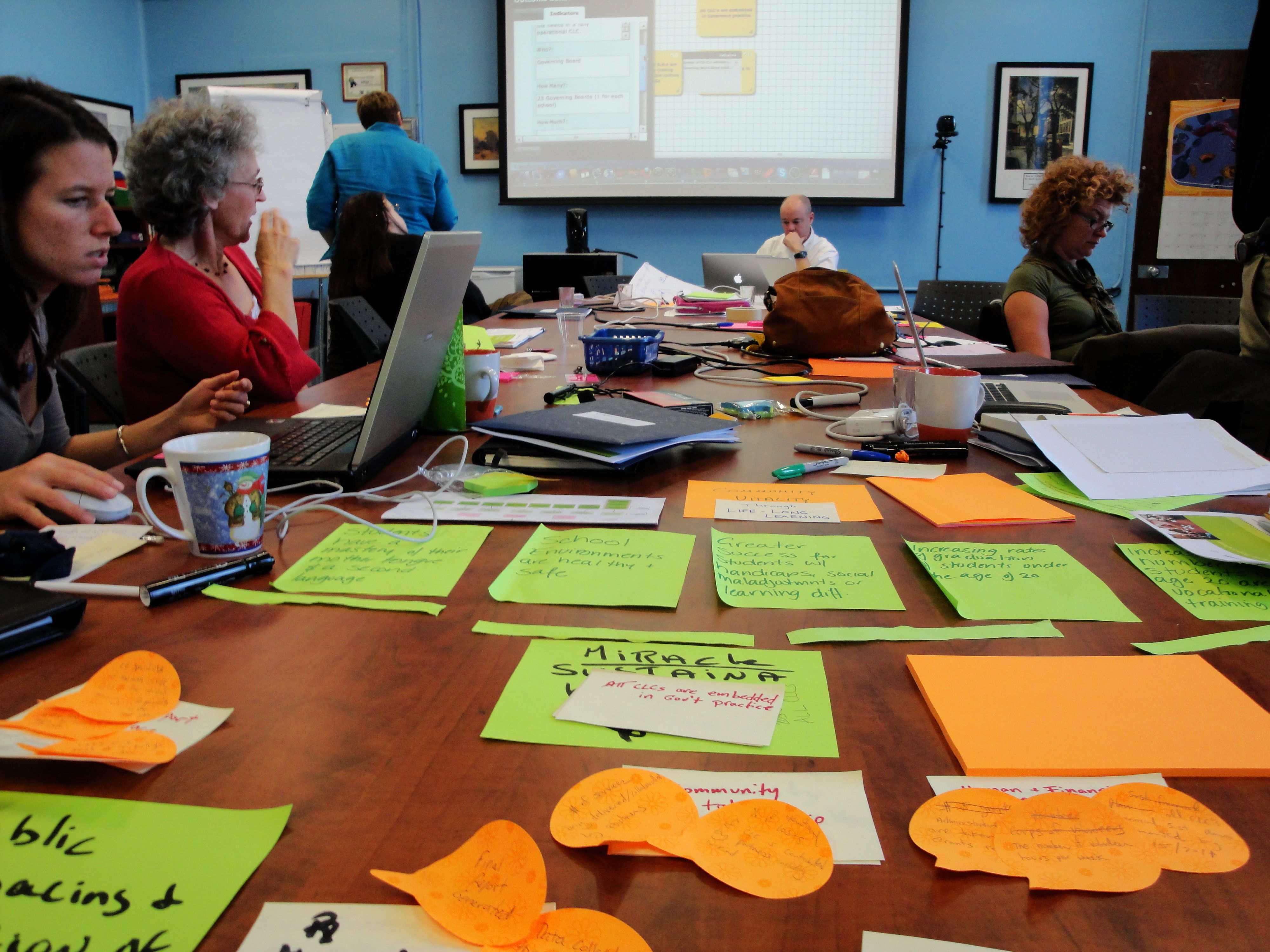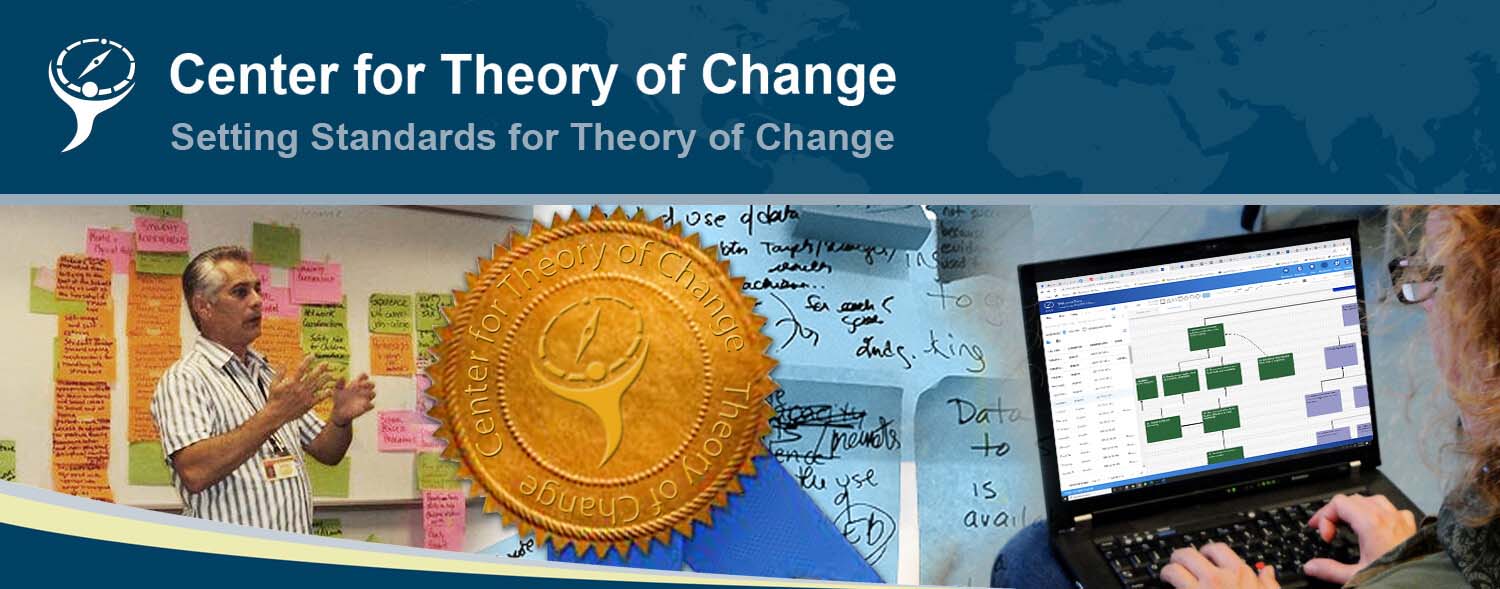Identifying Assumptions

As previously discussed, the program designers realized that the program could only effectively work with women who had already begun to stabilize their lives. Any initiative is only as sound as its assumptions. Unfortunately, these assumptions are too often unvoiced or presumed frequently leading to confusion and misunderstanding in the operation and evaluation of the initiative. To address that problem, TOC documents assumptions to ensure agreement for planning and posterity.
For the long-term outcome: “Long-term employment at livable wages for domestic violence survivors”, these assumptions must be met for the outcome to be achievable:
A. There are jobs available in non-traditional skills for women.
B. Jobs in non-traditional areas of work for women, such as electrical, plumbing, carpentry and building management are more likely to pay livable wages and are more likely to be unionized and provide job security. Some of these jobs also provide a ladder of upward mobility, from apprenticeship to master, giving entry-level employees a career future.
These two assumptions make explicit why the participants believe this program can work: there are jobs in non-traditional work and that those jobs can offer better financial and professional
For the outcome: “Survivors attain coping skills”, (which is also a precondition of the long-term outcome): the assumption is:
C. Women who have been abused need more than just skills, they need to be emotionally ready for work as well.
Again, this assumption clarifies why and how this program is different from traditional job-training programs, i.e., the special psychological supports needed for the initiative’s clients.
For the outcome: “Survivors have marketable skills in non-traditional jobs”, it is assumed that:
D. Women can learn non-traditional skills and compete in the marketplace.
This assumption is an article of faith that women can compete and succeed in this new labor market.
Documenting assumptions and justifications is a continuous process. As outcomes are added and moved on the framework, it remains necessary to question and explain how and why they are necessary.
